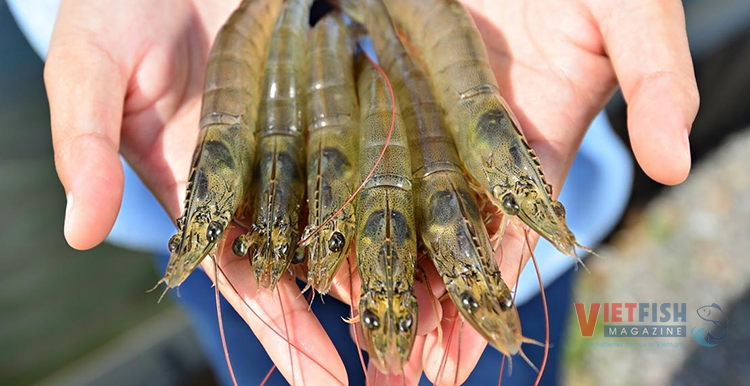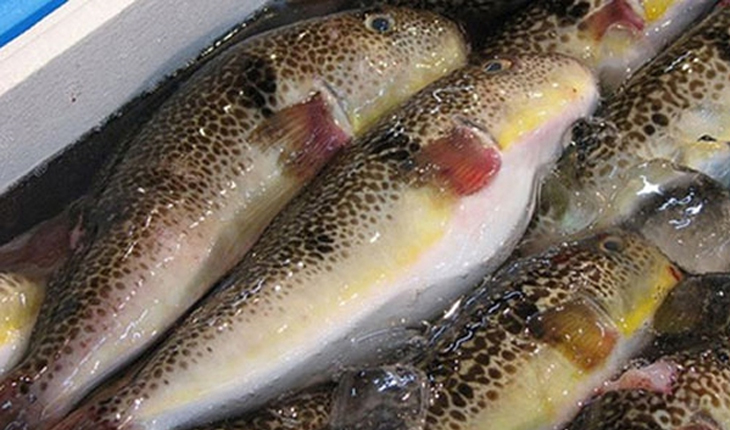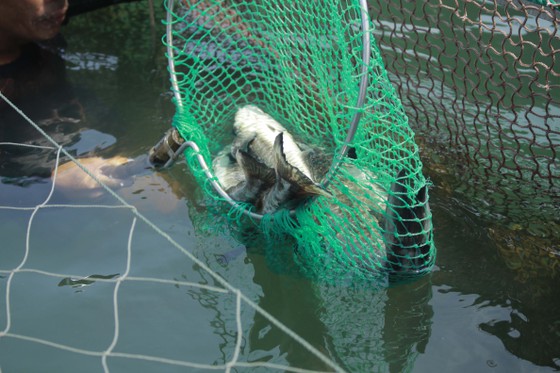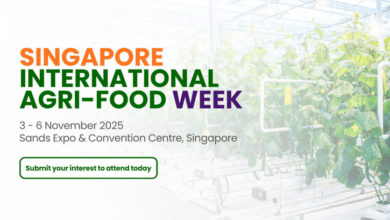Vietnam to ease technical barriers, open market to U.S. agricultural products
Vietnam is accelerating efforts to remove technical trade barriers and facilitate the import of U.S. agricultural, forestry, and seafood products.
This commitment was reiterated by Minister of Industry and Trade Nguyen Hong Dien during a high-level meeting on May 9 between the Ministry of Industry and Trade and the Ministry of Agriculture and Environment, alongside business associations and industry leaders.
The meeting aimed to implement the Prime Minister’s directive to promote balanced, sustainable trade between Vietnam and the United States while protecting the long-term interests of Vietnam’s export sectors.
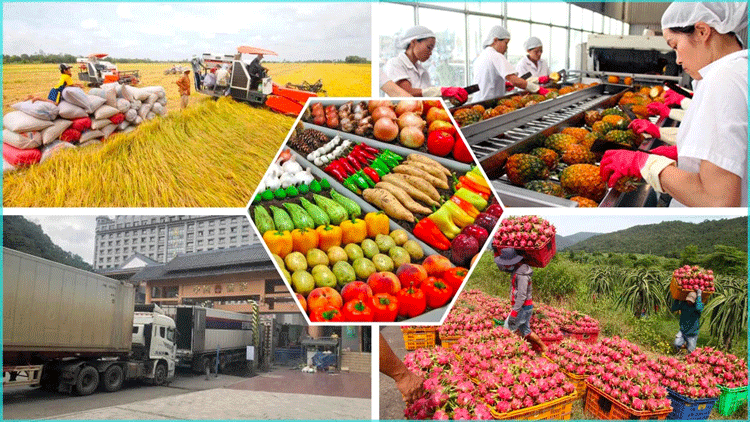
Minister Nguyen Hong Dien emphasized that the Vietnamese government is determined to simplify administrative procedures and eliminate technical restrictions that hinder imports of U.S. farm products. In parallel, authorities are committed to supporting businesses to expand access to the U.S. market.
Minister of Agriculture and Environment Do Duc Duy noted that Vietnam had taken proactive steps in response to the U.S.’s consideration of a 46% countervailing duty on Vietnamese goods. The government has engaged in urgent consultations and negotiations to reach a mutual understanding that benefits producers and consumers in both nations.
According to Minister Duy, the Ministry has rolled out an export promotion strategy that includes: enhancing transparency in supply chains and raw material zones, integrating digital technologies for traceability and quality control, building export brands rooted in compliance and sustainability, and advancing green transition initiatives in agriculture to meet increasingly stringent environmental standards.
Bilateral trade between Vietnam and the U.S. reached USD 49.1 billion in the first four months of 2025. Exports to the U.S. rose by 25.1%, while imports from the U.S. grew nearly 26%. The United States is a major consumer of Vietnamese agricultural exports, and a promising supplier of grains, meat, dairy, and timber to Vietnam.
Minister Dien stressed that increasing imports of U.S. agricultural goods is not just a short-term adjustment but a long-term foundation for deepening Vietnam – U.S. cooperation in high-tech, circular, and sustainable agriculture.
To further enhance trade, he urged both governments to swiftly review and dismantle trade barriers, and implement supportive policies on tax, finance, and logistics. He also encouraged Vietnamese businesses and industry associations to proactively engage with U.S. partners to expand import opportunities and form strategic collaborations that align with Vietnam’s vision of a green, clean, and value-added agricultural economy.
VFM


